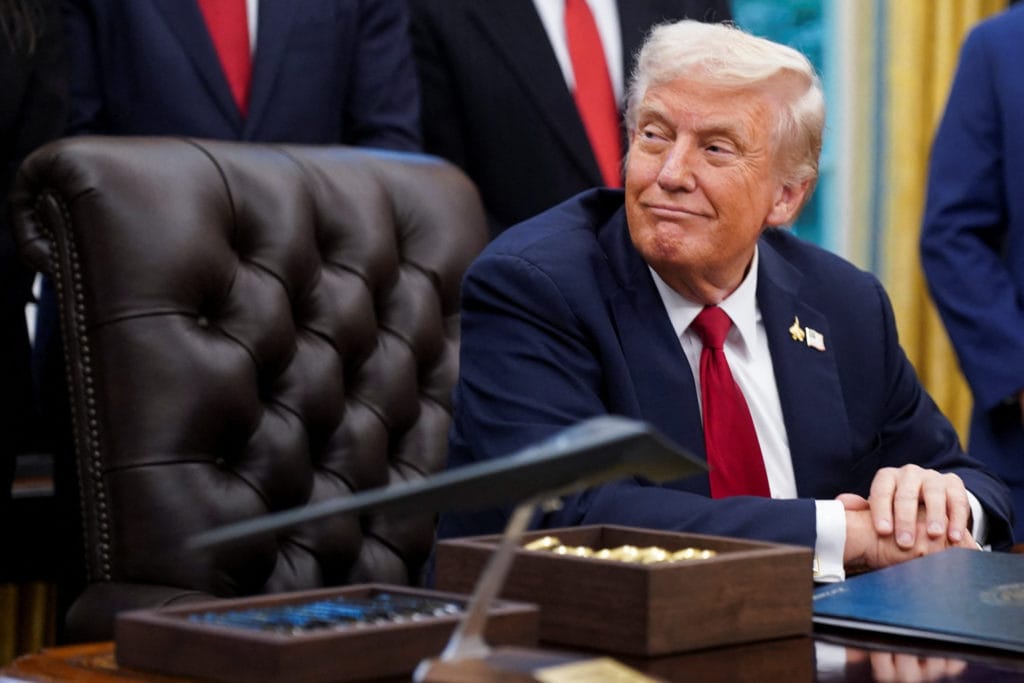Shutdown Chaos Blocks Trump’s Farm Rescue — Farmers Say Even a $14B Bailout Won’t Cut It

Trump’s Farm Bailout Delayed by Government Shutdown — Farmers Fear It’s Too Little, Too Late
The Trump administration’s plan to rescue soybean farmers has hit a major hurdle: the ongoing federal government shutdown. A self-imposed deadline to roll out aid has come and gone, and now the shutdown is hampering efforts to finalize and distribute relief. Farmers and advocates warn that even when the bailout is approved, it likely won’t be enough.
Shutdown Freezes Staff, Funds, and Progress
The shutdown has furloughed key staff at federal agencies, including the Department of Agriculture, dragging down the process of getting aid to farmers. That means implementation, approvals, and coordination are all stalled.
A USDA spokesperson said the agency is still assessing the farming economy and exploring whether additional assistance is needed — but there’s no timeline yet. As of now, no new dates or plans are confirmed.
Farmers Fear Band‑Aid Fixes Won’t Help
While the political debate rages on, farmers are sounding the alarm. The American Soybean Association estimates losses of $109 per acre this fall. The drop in overseas demand — especially from China, which dropped U.S. soybean purchases from $12.6 billion to nearly zero — has squeezed already tight margins.
Proposals for $10 to $14 billion in relief have circulated in Washington, but many farmers see that as a superficial fix. “We are bleeding economically,” said ASA president Caleb Ragland, adding that the more important remedy would be ending damaging tariffs and restoring trade relationships.
Blake Hurst, former president of the Missouri Farm Bureau, criticized the administration’s trade policies, calling them “a complete bust,” and urged a rollback of tariffs as the more effective path forward.
Political Blame and Mixed Signals
As the shutdown drags on, blame is being traded. The White House’s deputy press secretary said aid is delayed due to the shutdown, tying it to opposition from Democrats. The USDA’s own website echoed that messaging, placing some of the blame on congressional gridlock.
However, neither the White House nor USDA is confirming if any contingency plans exist to deliver aid before the shutdown is resolved, or whether fresh legislation will be needed to make it happen.
Meanwhile, the USDA cited measures already in place — such as tax reductions included in recent legislation — and emphasized that the government is using every tool at its disposal to support farmers.
Bailout Plans Remain Unclear Amid Funding Constraints
Complicating matters further, the structure and funding of the bailout are still in flux. Some reports suggest a $12 to $13 billion package using reallocated USDA internal funds. Others say the agency’s usual reserve, the Commodity Credit Corporation fund, may only have about $4 billion left.
In past years, Trump’s administration bypassed Congress using that fund to deliver large sums in farm aid. But that kind of maneuver may not be sustainable or sufficient this time around.
Agriculture Secretary Brooke Rollins has said she’s in regular communication with the president and Congress, but she has not provided details on the size of the package or when relief will come.
Treasury Secretary Scott Bessent previously promised farmers a “substantial” package would be announced by Tuesday — a deadline that came and went without action. The delay has drawn harsh criticism, especially as this period is historically difficult for many farmers.
What Happens Next?
At stake is the survival of many farm operations. With a large harvest underway, farmers need strong demand or guaranteed pricing. But livestock is only part of the equation — trade policy, tariffs, and foreign countermeasures play a huge role in market viability.
Until the shutdown ends and funding clears, many farmers remain in limbo. If the eventual aid isn’t bold and comprehensive, it risks falling short of the damage these economic and trade pressures have caused.
